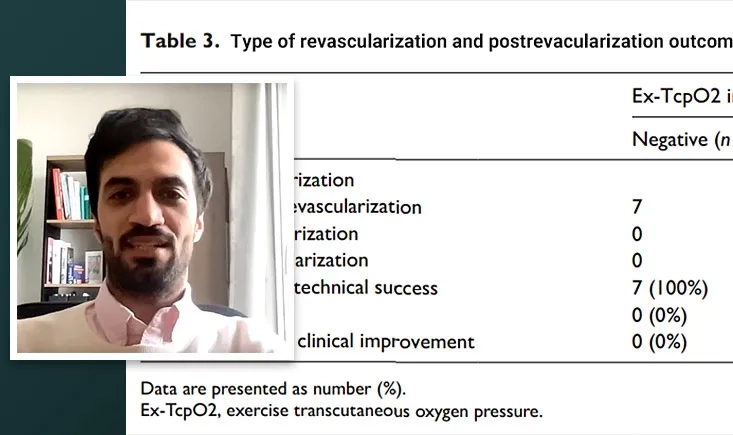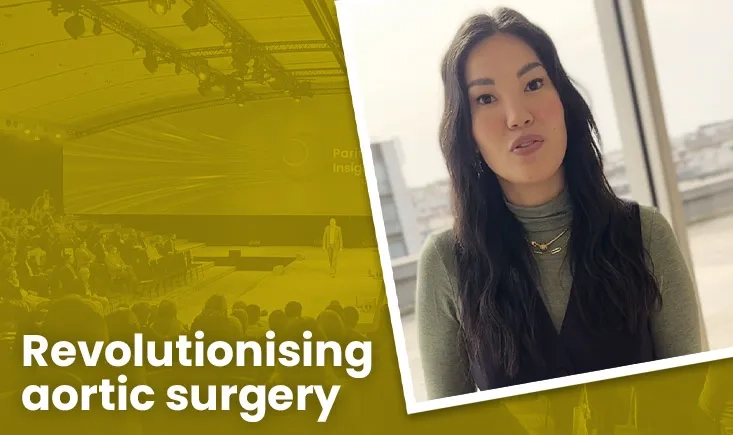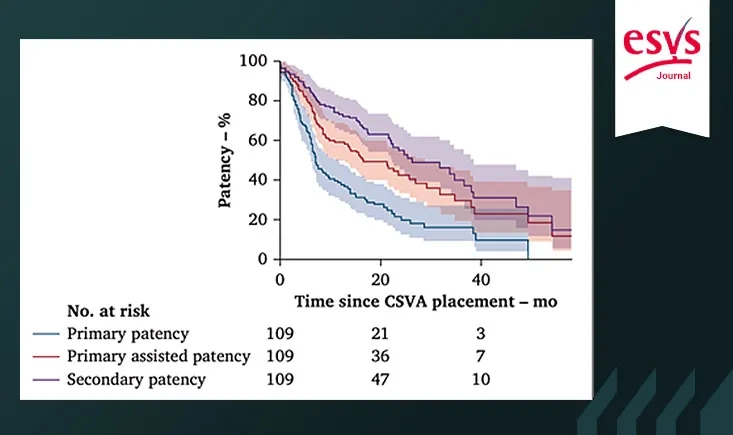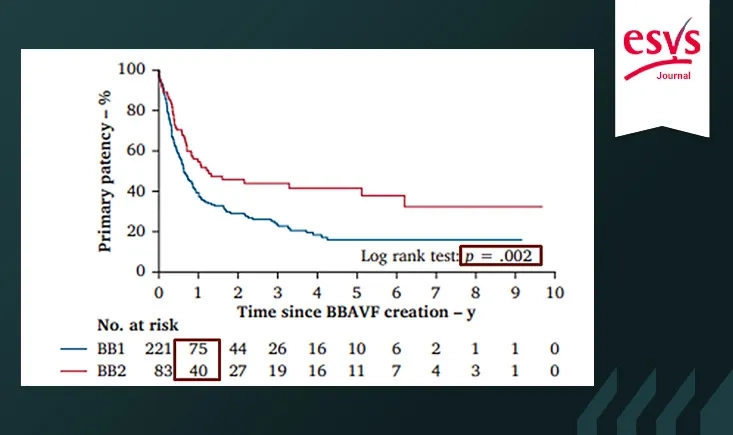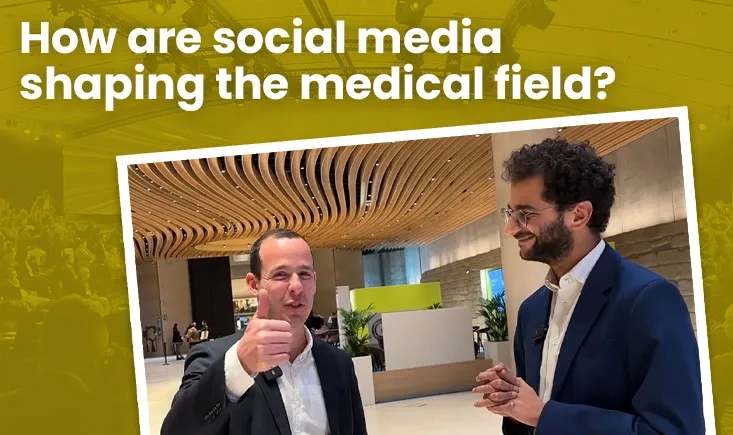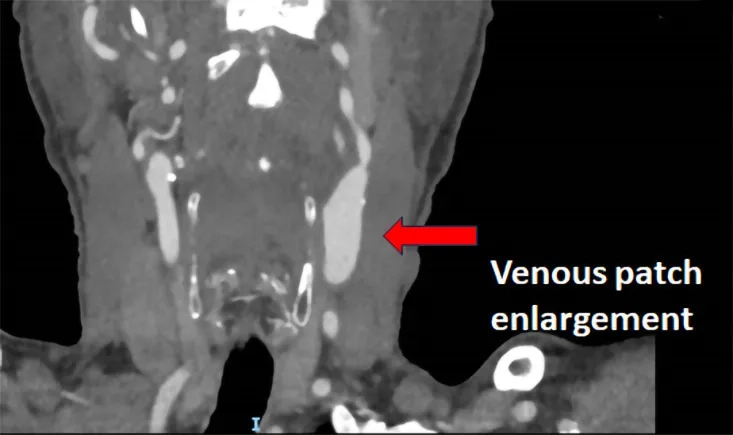Cases and resources in vascular techniques
This section provides a selection of cases and resources provided by experts in vascular techniques.
Dr. Mohammad Zagzoog discusses the pivotal study linking exercise transcutaneous oxygen pressure (Ex-TcpO2) with postoperative outcomes in intermittent claudication patients. He highlights how Ex-TcpO2 helps assess blood flow impairment, reveals significant clinical improvements after arterial revascularisation, and emphasises its value in diagnosing complex cases of claudication. A must-watch for anyone interested in advancing diagnostic tools and patient outcomes in vascular care.
Dr. Emiliano Chisci highlights the key findings of the first large-scale study on CO2 angiography for standardised EVAR without iodine contrast. Discover how this approach proved safe and feasible for most patients, with techniques to address anatomical challenges.
Dr. Kak Khee Yeung shares key insights on the growing role of artificial intelligence in aortic surgery. From pre-op to post-op, AI is enhancing decision-making, process automation, and personalised care. Discover the exciting future of AI in surgery in this exclusive interview.
This retrospective two-center study evaluated the outcomes of cold-stored saphenous vein allografts (CSVAs) for hemodialysis access in 109 patients with end-stage renal disease. The results showed primary patency rates comparable to those of ePTFE grafts, with a lower risk of infection—supporting CSVAs as a promising alternative for vascular access in selected patients.
This large nationwide Swedish registry study compared the outcomes of both techniques in adult patients requiring a brachiobasilic arteriovenous fistula. While the two-stage procedure offered better primary patency, it also delayed functional use. Long-term results were similar, underscoring the need for individualized surgical decisions.
In this exclusive interview, Alexandre Oliny, member of the PVI 2024 Social Media Team, speaks with Lorenzo Patrone just after the first-ever PVI session dedicated to social media.
An 80-year-old patient with a complex vascular history presents with left carotid patch enlargement and tight stenosis before the venous patch. With previous strokes and surgical interventions, the case invites discussion on the best management strategy. What would you do next?
Discover key insights from the ALLIGATOR study on drug-coated balloon treatment for calcified nodules. Dr. Naoki Hayakawa, questioned by Dr. Masahiko Fujihara, explores the impact of nodular calcification on clinical outcomes after DCB angioplasty for femoropopliteal lesions. Watch now for expert analysis and future perspectives!
This study examines the effect of revascularisation timing on mortality and amputation rates in emergency CLTI patients. It found that delays, especially in those with tissue loss, led to higher one-year mortality, emphasizing the need for prompt treatment.
This single-center retrospective study assessed the safety and efficacy of popliteal access for endovascular treatment of iliofemoral occlusive disease in an office-based setting. Findings suggest that popliteal access is a safe and effective alternative for complex iliofemoral disease in outpatient care.
